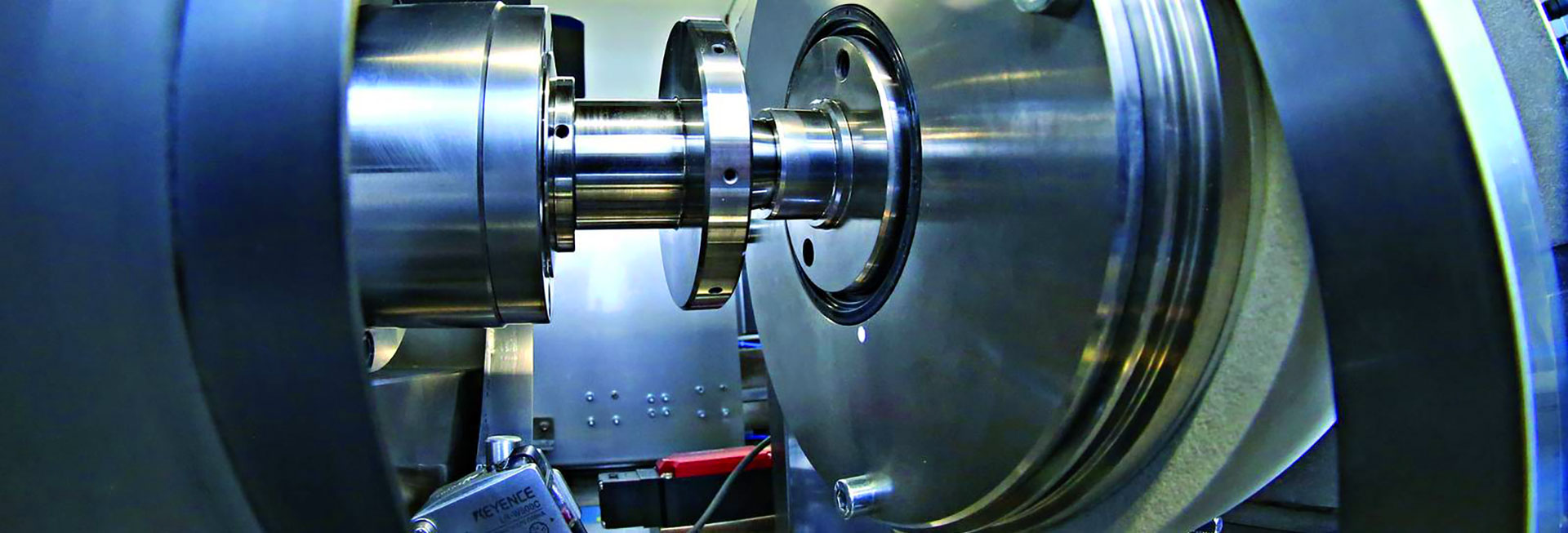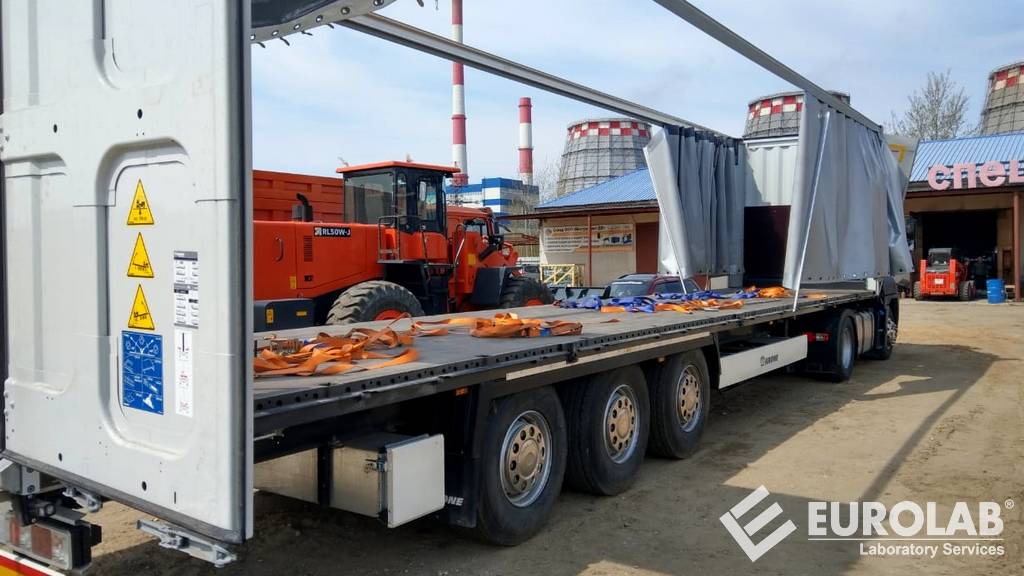

The EN 12642 standard, designed for the European Union countries, regulates the principles for cargo security and includes minimum structural strength requirements for the walls of the vehicles. When the load is generally fixed on the vehicle, the load safety is entrusted to the vehicle structure.

For example, if the load is against the front wall and is not secured with net ties, the vehicle front wall should prevent the load from moving forward in the braking situation. In this case, if the wall does not show sufficient resistance, the fixing of the load will be ineffective and in severe cases the cargo may break the front wall of the vehicle and enter the vehicle's passenger compartment. In order to prevent such an accident, it is necessary to determine whether the structural strength of the vehicle is sufficient according to the size of the load to be supported during transportation, even in the case of emergency maneuvers. The EN 12642 standard helps to overcome this problem.
The EN 12642 standard contains the minimum requirements for the body structure of the vehicles. As a result, it calculates the strength that the structure of the vehicle that will carry the load can withstand. Therefore, this value should be compared with the value calculated according to the EN 12195-1 standard to verify the adequacy of the resistance of the vehicle walls required for cargo anchoring.
Vehicles approved according to the EN 12642 standard are defined by two codes: L type vehicle and XL type vehicle. XL type vehicles offer greater wall structural strength than guaranteed by L type vehicles.
In order to certify the vehicles according to the EN 12642 standard, they are subjected to special tests by accredited organizations that act impartially and independently, proving that the vehicle walls provide the structural strength required to ensure load safety during transportation. For example, static tests are applied in which a device presses against walls to simulate the thrust of the load, or dynamic tests in which the loaded vehicle is driving in an "S" shape, complete with emergency braking.
Vehicles that have passed tests and approved according to the EN 12642 standard must be marked and documented to carry the following information: confirmation that the vehicle body structure complies with this standard, which type the vehicle is in L type or XL type, the name of the manufacturer, the year of manufacture and the front wall of the vehicle. Test values of the back wall and sidewalls. In order to facilitate the loader's tasks, vehicles approved according to the EN 12642 standard must carry a sign containing this information in a visible part of the vehicle.
The EN 12642 standard describes the requirements for the hull structures of commercial vehicles and trailers and specifies the minimum requirements for sidewalls, front walls and rear walls.
For vehicles that are not certified according to the EN 12642 standard, the use of the walls as a structural element to stabilize the load is not permitted, as data on the structural strength of the walls are not available. In this case, the walls will only be considered as an element of protecting the load from external elements, but not as an element that can fix the load, perhaps only as protection against weather conditions. Therefore, if the load is secured by lashing, an alternative fixing system should be used using net ties conforming to the EN 12195-2 standard.
A few requirements defined in the EN 12642 standard are as follows:
EN 12642 standard has been published in our country by the Turkish Standards Institute (TSE) with the following title: TS EN 12642 Load safety in road vehicles - Body structure of commercial vehicles - Minimum requirements.
Our organization, among a wide variety of certification studies, with its trained and expert staff and advanced technological equipment, provides services of EN 12642 cargo safety certification in road vehicles to demanding enterprises within the framework of national and international standards.
To get an appointment, to get more detailed information or to request an evaluation, you can ask us to fill in our form and reach you.